The Union Jack
The Union Flag - commonly known as "The Union Jack"
The Union Flag is so called because it embodies the emblems of the three countries united under one Sovereign - the kingdoms of England and Wales, of Scotland and of Ireland. The term "Union Jack" is probably of naval origin, and may stem from a royal proclamation by Charles II that the Union Flag should be flown only on ships of the Royal Navy as a jack - a small flag at the bowsprit.
The cross of St George, the patron Saint of England, was the national flag of England until James I succeeded to the throne in 1603. In 1606 it was combined with the cross of St. Andrew, the patron Saint of Scotland, to create the first Union Flag. In the wake of the union several designs were drawn up but James I decided on a simple merging of the two emblems.
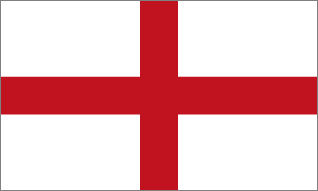
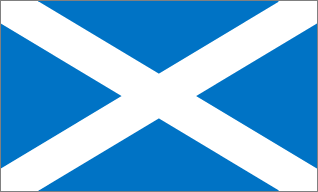
![]()
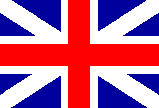
On 1st January 1801, following the Act of Union of Ireland with England (and Wales) and Scotland, the flag of St. Patrick, the patron Saint of Ireland, was incorporated, thus creating the Union Flag that we know today.
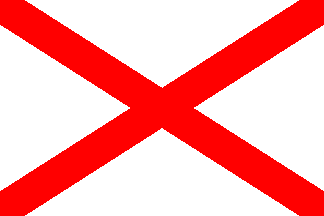
Since Ireland joined last, their element must always be below that of Scotland. This is depicted by the broader white diagonal on the left side of the flag (or nearest to the pole) always being above the narrow white diagonal. If the flag is flown with the pole edge having the narrow above the wide, then the flag is considered to be upside down.
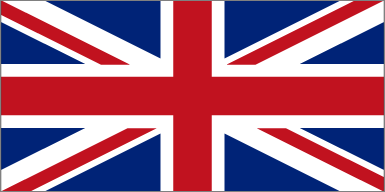
St.George, The Patron Saint of England.
It is strange to think that St.George, unlike all other patron Saints, was not a real person. There are many legends and myths surrounding St. George, the most popular being that he rescued a Princess who had been offered in sacrifice to a fire-breathing dragon. He speared the beast, then led it back to her father using the maidens girdle as a halter, where he then cut off its head. Researchers have also uncovered a number of references to "Georges" going back to biblical times, and most events took place in the middle East. So why should this character become England's patron Saint?
The answer seems to lie with the Crusades of Richard I (the Lionheart), whose soldiers were lifted by the stories of this "saint of battles", bringing the legends back home with them. George crept in as patron of the Order of the Garter in 1348 under Edward III, and a year later, during the siege of Calais, Edward drew his sword and called out "Ha! Saint Edward. Ha! Saint George", and his soldiers were invigorated, and victorious.
There was no national flag back then. While every knight and nobleman had his own coat of arms, not all had livery to dress their men-at-arms in, and soldiers without livery would wear the red cross of St. George as a surcoat (cloth covering their armour), when fighting for the king. Those that had their own livery would show allegance by wearing a white armband bearing a red cross.


